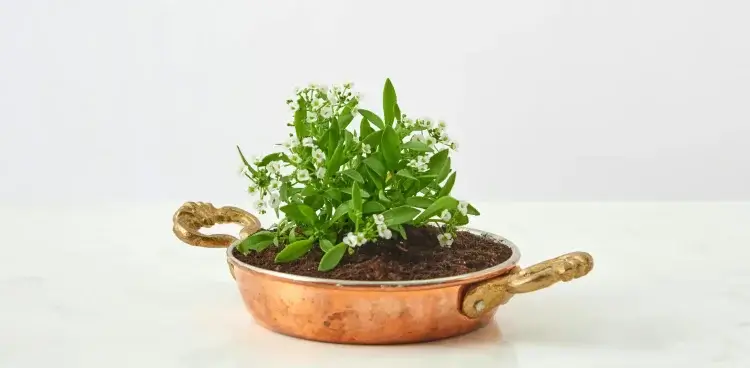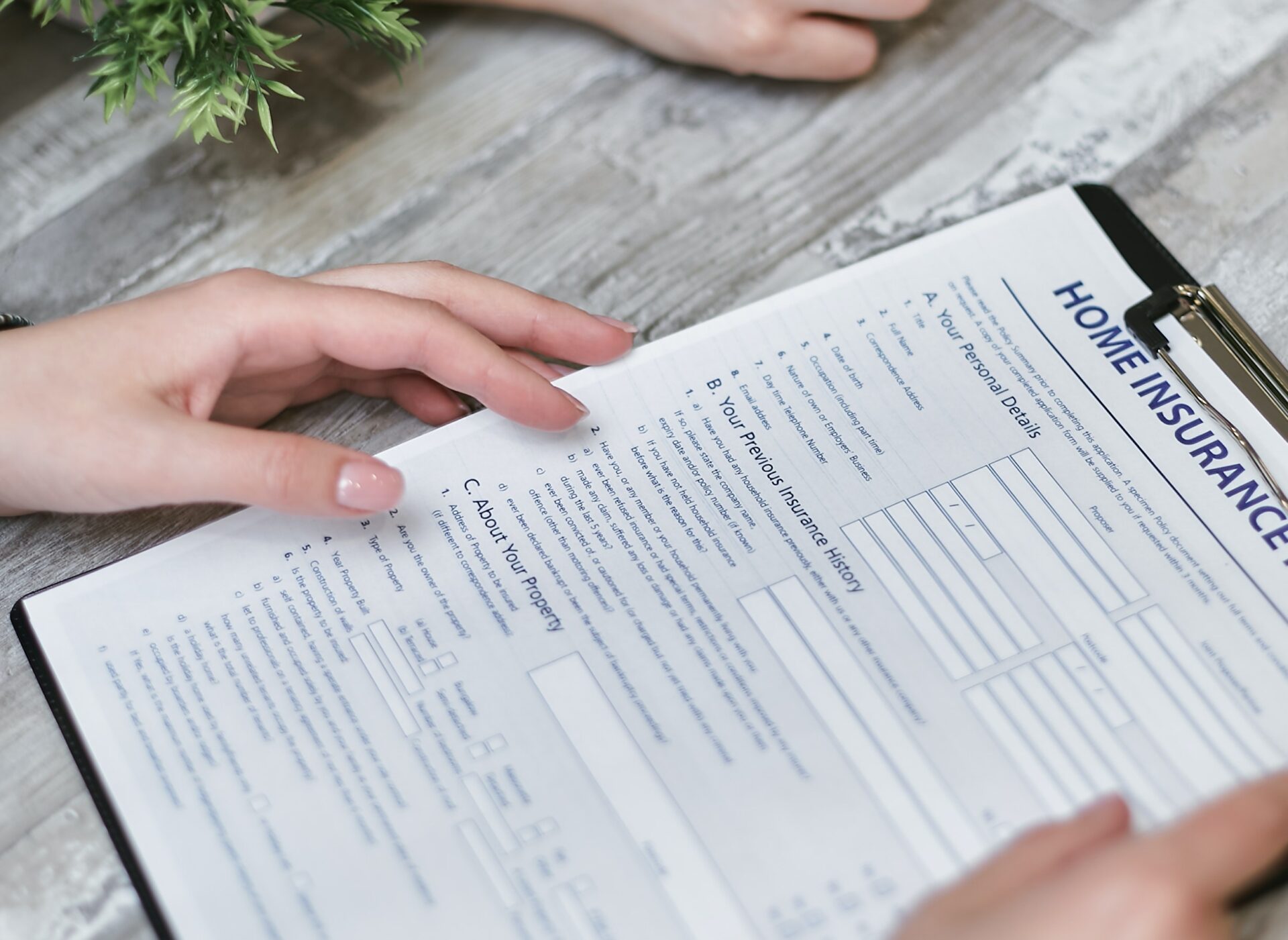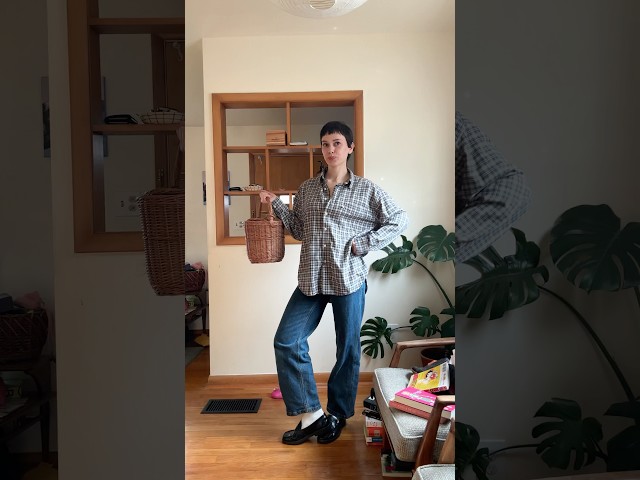Creating the perfect homemade soil for flowers involves a careful selection of ingredients. The right mix will provide essential nutrients, proper drainage, and the correct pH balance for your plants. Here’s what you’ll need:
- Compost: This is the backbone of your homemade soil. Rich in organic matter, compost provides essential nutrients and improves soil texture.
- Peat Moss: Used to retain moisture and improve soil structure. Note, though, that peat moss is slightly acidic, which can benefit certain flowers.
- Perlite: A volcanic mineral that improves soil drainage and aeration, preventing root rot.
- Vermiculite: Helps in moisture retention and provides essential minerals to the soil.
- Sand: Enhances drainage and helps create a loose, easy-to-work-with soil.
- Garden Lime: Used to neutralize the acidity of peat moss and balance the soil pH.
Creating the Soil Mix
Once you have gathered all your ingredients, it’s time to mix them. Follow these steps for a balanced, nutrient-rich soil:
- Combine Compost and Peat Moss: Mix two parts compost with one part peat moss. This forms the base of your soil mix.
- Add Perlite and Vermiculite: Add equal parts perlite and vermiculite (about one part each) to enhance aeration and moisture retention.
- Incorporate Sand: Mix in one part sand to ensure good drainage. This is especially important if you are planting flowers that prefer well-drained soil, such as succulents.
- Adjust pH with Garden Lime: Depending on the flowers you are planting, you might need to adjust the soil pH. Add garden lime according to the package instructions to neutralize the acidity of peat moss and achieve a balanced pH.
Testing and Adjusting the Soil
Before planting, it’s important to test your soil mix to ensure it’s suitable for your flowers:
Testing Moisture Levels: Wet a small amount of soil in your hand. It should hold together when pressed but crumble easily when poked. If it doesn’t, adjust by adding more perlite for better drainage or peat moss for better moisture retention.
Testing pH: Use a pH testing kit to check the soil’s acidity. Most flowers prefer a pH between 6 and 7. If the pH is too low (acidic), add more lime. If it’s too high (alkaline), incorporate some organic matter or sulfur to lower it.
Enhancing Nutrient Content
Nutrient-rich soil is crucial for the health and growth of your flowers. Here are a few tips to enhance the nutrient content of your homemade soil:
- Add Organic Fertilizers: Incorporate natural fertilizers such as bone meal, blood meal, or fish emulsion. These provide essential nutrients like nitrogen, phosphorus, and potassium.
- Use Worm Castings: A great source of organic matter, worm castings enhance soil fertility and structure.
- Include Mycorrhizae Fungi: These beneficial fungi form symbiotic relationships with plant roots, improving water and nutrient uptake.
Maintaining Your Homemade Soil
Once your flowers are planted, maintaining the health of your homemade soil is key:
Regular Mulching: Apply a layer of mulch around your flowers to retain moisture, suppress weeds, and add organic matter to the soil as it decomposes.
Compost Tea: Periodically water your flowers with a diluted solution of compost tea to provide a boost of nutrients.
Top Dressing: Every season, apply a top dressing of compost or worm castings to replenish nutrients and maintain soil health.
Experiment and Adjust
Creating the perfect soil for your flowers can be a process of trial and error. Different flowers have varying soil needs, so don’t be afraid to experiment and make adjustments as you learn more about what your plants prefer. Pay attention to how your flowers respond and be ready to tweak your soil mix to better suit their needs.
By taking the time to create and maintain your own homemade soil, you’ll be rewarded with beautiful, thriving flowers that brighten up your garden.

















